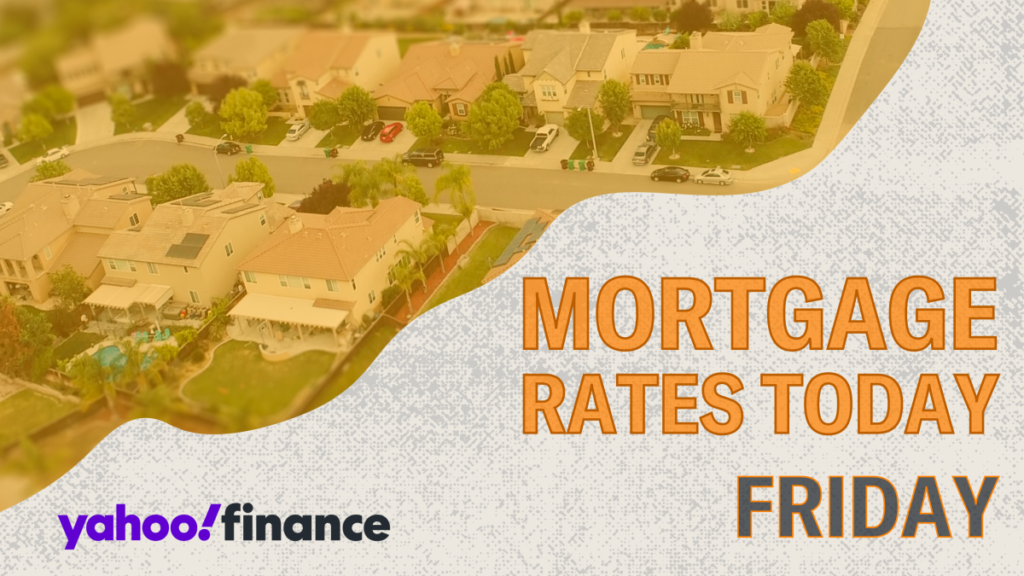The national mortgage landscape is presently characterized by an upward trend in interest rates, with the 30-year fixed mortgage rate now averaging 6.54%, marking the fourth consecutive week of increases. According to Freddie Mac, the 15-year fixed mortgage rate is now 5.71%, having risen for five weeks in a row. While a series of rate hikes can be discouraging for potential homebuyers, it’s important to note that these rates are considerably lower than they were at this time last year when they reached annual peaks. Compared to the end of October 2023, the 30-year rate has dropped by 1.25%, and the 15-year rate has decreased by 1.32%. These reductions mean that homebuyers today can approach their purchasing decisions with a sense of optimism, even amidst current rate fluctuations, as overall mortgage interest rates remain favorable compared to the previous year’s circumstances.
Current mortgage rates, according to Zillow data, reflect a variety of options available for borrowers considering different loan terms. The 30-year fixed rate is currently at 6.45%, with the 20-year fixed at 6.24% and the 15-year fixed at 5.81%. For adjustable-rate mortgages (ARMs), the 5/1 ARM is at 6.72% and the 7/1 ARM is at 6.82%. Rates for VA loans also display a range, with the 30-year VA averaging 5.91% and the 15-year VA at 5.33%. These national averages, though crucial for potential borrowers, may vary depending on individual circumstances and lender offerings. As such, prospective homebuyers are encouraged to explore multiple options to find the best fit for their financial situations. For those contemplating refinancing, the respective rates are similarly diverse, with a 30-year fixed rate at 6.55%, generally higher than new purchase rates, further emphasizing the importance of careful rate assessment.
For individuals navigating mortgage choices, understanding the different types of mortgages is vital. A mortgage interest rate represents the cost of borrowing money, expressed as a percentage, and comes in two main forms: fixed and adjustable. A fixed-rate mortgage maintains the same interest rate for the entire loan period, which can provide stability in monthly payments. Conversely, an adjustable-rate mortgage starts with a lower initial rate for a predetermined period, after which the rate adjusts periodically based on market conditions. Homebuyers need to be informed about the implications of their chosen rate type, as the early years of a mortgage are typically dominated by interest payments, gradually shifting to a greater portion dedicated to principal as the loan matures.
Deciding between a 30-year and a 15-year fixed-rate mortgage involves weighing the trade-offs between lower monthly payments and interest savings. A 30-year fixed-rate mortgage appeals primarily to those seeking lower immediate payments and predictability, whereas a 15-year fixed-rate may suit borrowers desiring to pay off their loan quickly and reduce total interest payments. However, the latter option comes with higher monthly installments, requiring careful budget consideration. Adjustable-rate mortgages might serve those who anticipate selling their home before the introductory rate period concludes. However, in the current environment where 5/1 and 7/1 ARM rates are competitively aligned with 30-year fixed rates, potential borrowers should meticulously compare options before committing.
In the broader economic context, while recent trends indicate increases in mortgage rates over several weeks, significant decreases have been observed over the past year. Expectation forecasts for 2024 suggest limited opportunities for substantial rate drops, yet a gradual decline in rates may occur throughout 2025. This sentiment reflects the air of cautious optimism in the marketplace, where many advise prospective buyers that now represents an opportune time to purchase, especially for those who have been waiting out the market. Meanwhile, individuals who aim to refinance might want to consider postponing until rates are expected to decline further.
The latest insights from Freddie Mac reveal a slight rise in the national average for 30-year and 15-year mortgages, yet both rates have shown considerable reductions since last October. The projections from Fannie Mae indicate that the 30-year fixed mortgage rates may stabilize at 6% by the end of the year, reinforcing the notion that overall, the mortgage climate remains relatively favorable. Moreover, an anticipated series of cuts to the federal funds rate by the Federal Reserve next year is expected to contribute to diminished mortgage rates by 2025, further solidifying the strategic benefits of timing for potential homebuyers and those looking to refinance in the coming years.

